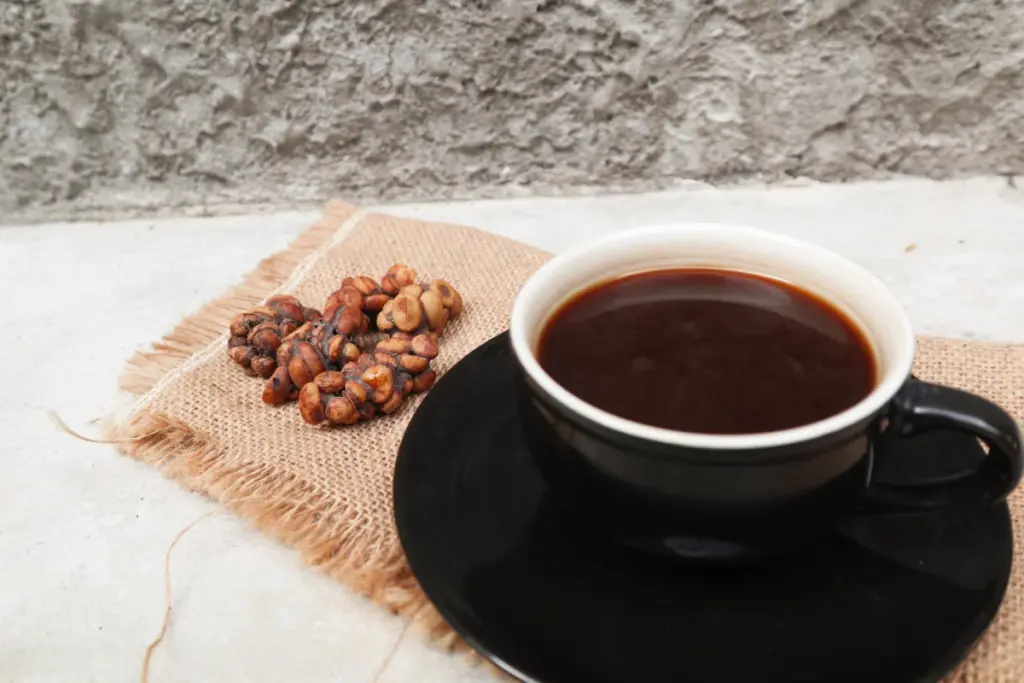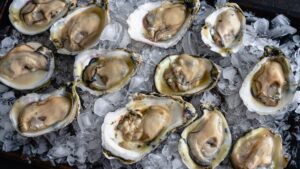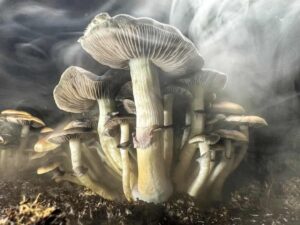
Kopi luwak, often hailed as the world’s most expensive coffee, is gaining attention for its unique production process and distinct flavor profile. Recent research has projected that the global revenue from this exclusive beverage could reach US$11 billion by 2032, capturing approximately 3% of the projected world coffee market. This surge in demand raises questions about what truly sets kopi luwak apart from other coffee varieties.
The process of creating kopi luwak involves the Asian palm civet, a small mammal that consumes coffee berries. The civet digests the fruit but excretes the interior bean, which is then collected and processed. The debate over why these beans are considered superior has persisted for years. One theory suggests that civets have an innate ability to select the best berries, while another posits that the digestive process enhances the beans’ flavor.
In a study published in Scientific Reports, researchers examined beans retrieved from civet feces, comparing them to undigested beans sourced from the same plantations. The findings revealed that the beans from the civet’s digestive process contained significantly higher levels of fat and specific fatty acid methyl esters, which contribute to coffee’s aroma and taste. Notably, these beans were also larger, potentially due to the civet’s preference for the fleshiest berries.
The presence of enhanced fatty compounds such as caprylic and capric acid suggests that the fermentation process occurring in the civet’s digestive tract may play a crucial role in developing the coffee’s complex flavor. While the study did not involve roasting the beans to assess flavor differences, it indicates that something unique happens during the 12-36 hours the beans spend inside the civet.
Despite these findings, the high price of kopi luwak is increasingly questioned. Much of the production now stems from Indonesia, where the growing international demand has led to the farming of caged civets. This practice undermines the very qualities that make wild-sourced coffee unique, as caged civets are typically fed a diet primarily composed of coffee beans. Animal rights organizations, including PETA, have condemned the conditions in which many of these civets are kept and have raised concerns about fraudulent labeling of products as wild-sourced.
Interestingly, the study referenced was conducted in the Western Ghats of India, specifically in Kodagu, where local entrepreneurs claim to produce kopi luwak from wild civets. They assert that their product could be offered at a fraction of the price of traditional kopi luwak. While these claims may present an opportunity for affordable civet coffee, the ethical implications of sourcing practices remain a significant concern.
The allure of kopi luwak may stem from a combination of its intriguing production story and a desire for a superior coffee experience. In global coffee hubs like Melbourne, even the best cafes can sometimes disappoint. Customers might seek out the distinct taste promised by kopi luwak, believing it to be a remedy for their coffee dissatisfaction. Yet, the fundamentals of coffee preparation—freshness, roasting, grinding, brewing, and cleanliness—are critical factors that often determine the quality of the final cup.
Whether through traditional methods or modern practices, the intricacies of producing kopi luwak reveal a complex interplay of cultural, ethical, and sensory dimensions. As interest in this unique coffee continues to grow, consumers are encouraged to consider the implications of their choices, balancing the appeal of novelty with the realities of production and animal welfare.






